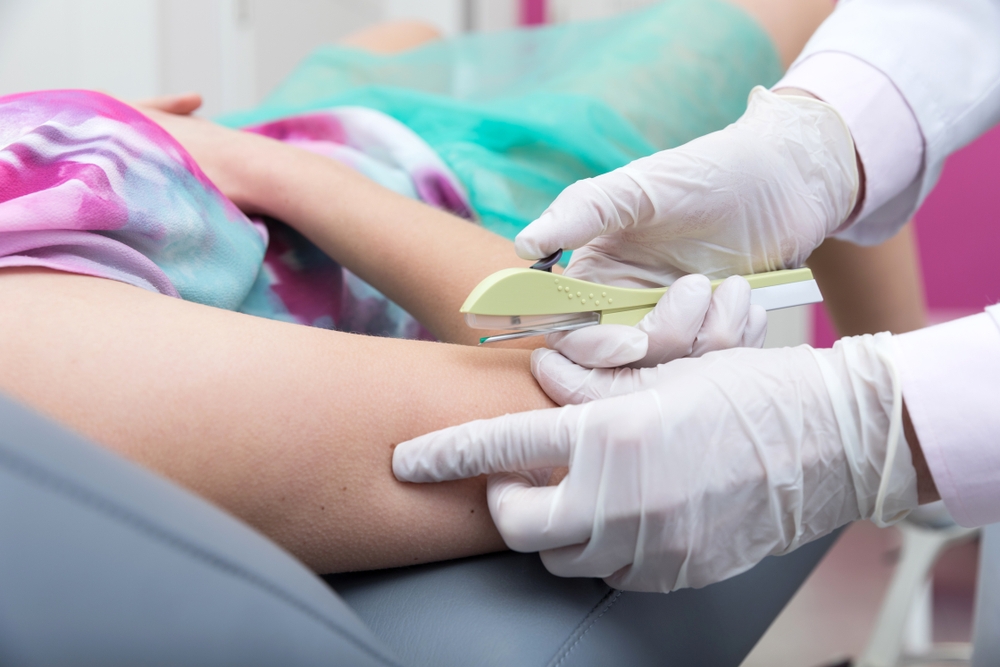
Subcutaneous embedding agent is a contraceptive agent with slow release system. Its appearance is an elastic plastic rod, about the size of a match stick, and contains progesterone. It can be slowly released into the body to achieve contraceptive effect.
Applicable population:
1. Women who have no contraindications to the use, fully understand the side effects and complications and voluntarily accept subcutaneous implants;
2. Women who have contraindications to the use of estrogen-containing contraceptives, cannot place intrauterine devices, and are unwilling to use sterilization and condoms.
Advantages: It is not necessary to take contraceptive measures or medication regularly; The contraceptive failure rate is low. Research data show that the effective rate is over 99%, which is a safe contraceptive measure with reversibility.
Disadvantages: It has a service life and needs to be replaced or taken out when it expires. Unlike condoms, it cannot prevent sexually transmitted diseases. There are certain side effects and complications.
What are the types?
Subcutaneous implant containing levonorgestrel: including levonorgestrel silica gel rod type I and type II.
Type I contains levonorgestrel 36mg per root, with a total amount of 216mg, and has a service life of 5-7 years.
Type II contains levonorgestrel 75mg and 150mg in total, with a service life of 3-5 years.
The single implant containing etopregnene contains 68mg etopregnene and has a service life of 3 years.
Implantation method: Implantation operation is carried out in outpatient department. After local anesthesia is used, the drug stick is implanted into the medial side of the upper arm with an implant needle. Usually, there is no need to suture the wound and wrap it with gauze. When taking out, after local anesthesia, the drug stick is taken out with forceps or a small scalpel.
How effective is contraception and whether there will be side effects?
Contraceptive effect: Current research shows that the cumulative contraceptive failure rate is less than 0.05% in the first year of subcutaneous implant placement, which is a safe and effective contraceptive measure. It can be taken out at any time, and 90% of women resume ovulation within 3-4 weeks after taking out.
Side effects:
1. The main manifestation is irregular vaginal hemorrhage, which is disordered hemorrhage caused by progesterone release into the body. It can be treated symptomatically, but it cannot be guaranteed to be effective. This hemorrhage may not necessarily improve with the passage of time. In serious cases, it is necessary to stop using and take out the embedding agent.
2. Menstruation is reduced, even amenorrhea.
3. A few people may suffer from headache, weight gain, acne, breast tenderness, emotional instability and abdominal pain.
Complications: very rare, the incidence rate is 0.3% ~ 1% in implantation operation and 0.2% ~ 1.7% in removal operation, including infection, hematoma, local stimulation or drug eruption, drug rod prolapse and allergic reaction.
Are there any contraindications and precautions?
Subcutaneous implants are suitable for most women, and the contraindications are the same as the standard contraindications for hormone drugs:
1. Known or suspected pregnancy;
2. Current or past history of thrombosis or thromboembolic diseases;
3. Liver tumor or active liver disease;
4. Known or suspected breast cancer or breast cancer history
5. It has high sensitivity to any component of this method.
Note:
1. The use of subcutaneous implants must be fully considered, voluntary and fully aware of the risks and benefits.
2. Generally, no examination is required before implantation, and contraindications can be eliminated.
3. There is no need to review regularly after implantation. If there is pain, swelling, fever or abnormal secretions or irregular vaginal bleeding at the implantation site, you can see a doctor at any time.
4. After the subcutaneous implant expires, if you want to continue to use it, you can re-implant it in the original part or replace it with another arm.
Choice of implant time:
At present, it is believed that after excluding pregnancy, Subcutaneous implant can be implanted at any time. After abortion or postpartum (lactation) can also be implanted immediately after abortion or delivery. However, if it is implanted after the end of menstruation and has sex, it cannot be ruled out that pregnancy cannot be detected at that time, so most hospitals will require implantation within 7 days of menstruation, that is, menstrual period.
